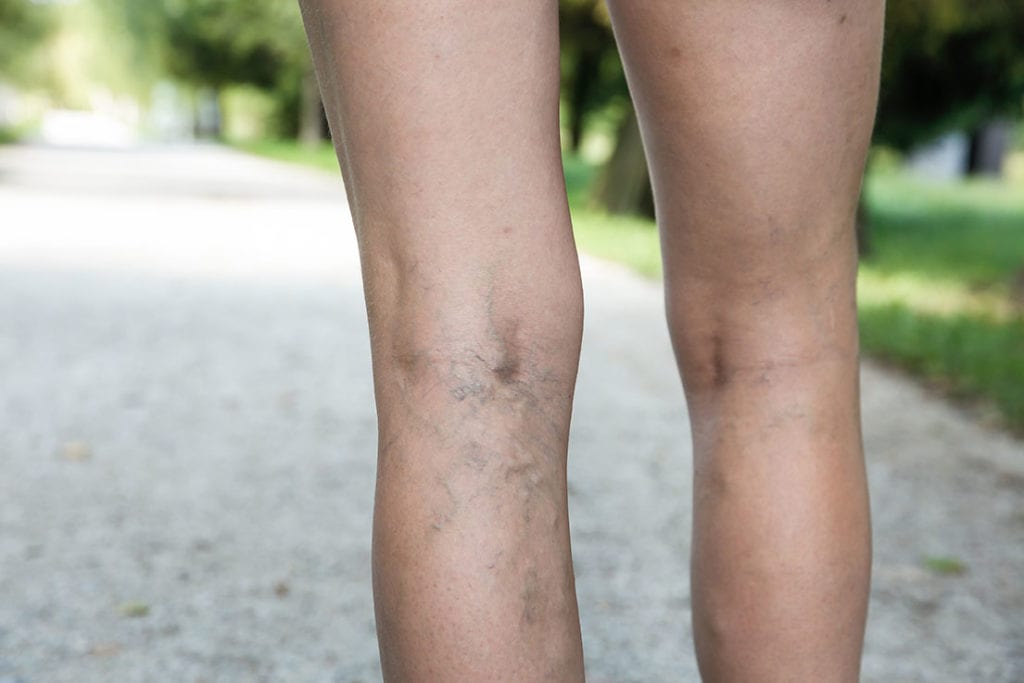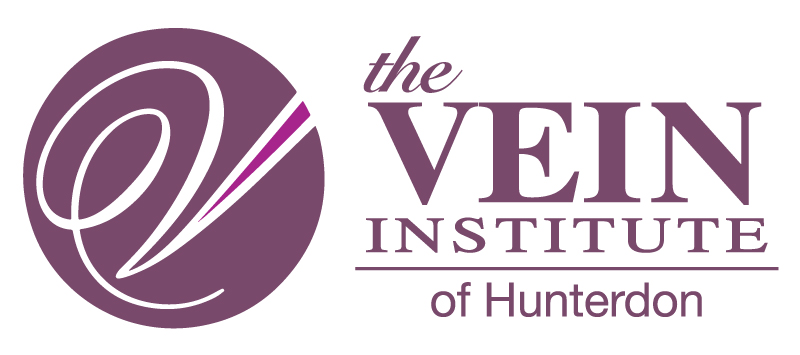Spider Veins
What are Spider Veins?
Spider veins are small, visible blood vessels that often show up on your legs, hands or face. They may appear red, blue or purple and usually branch out like webs or tree limbs. While they rarely cause serious health problems, you may want to treat them if they feel uncomfortable or affect how you feel about your appearance.
These veins form when the tiny valves inside your legs weaken or stop working. Instead of moving blood back to your heart, the blood can pool, putting pressure on the vein walls. Over time, the vessel expands and forms a spider vein.
You may also notice visible hand veins, especially as your skin thins with age or after years of sun exposure. While these are often cosmetic, some people develop spider-like patterns on the hands that can be treated similarly to spider veins in the legs.
Contact Us
Difference Between Spider Veins and Varicose Veins
Both conditions stem from damaged veins. Spider veins are smaller and closer to the skin’s surface. They tend to be flat or slightly raised and usually do not hurt. Varicose veins are larger, deeper and more likely to bulge. They may feel heavy or sore and are more likely to point to an underlying issue like chronic venous insufficiency.
If you see red, blue or purple veins that spread like a web, you are likely dealing with spider veins. These often show up in the legs but can appear on the face or hands, too. They may be painless, but some people feel mild burning or a dull ache after standing for long periods.

Signs and Symptoms
Common signs and symptoms of spider veins include:
- Thin, web-like red, blue or purple lines on the legs, face or hands
- Mild burning in the affected area
These symptoms may feel worse after long hours on your feet, though the discomfort usually stays mild. If you experience heaviness and aching in your legs, it may be a sign of underlying vein problems. If this occurs, reach out to us to schedule a free consultation.
Risk Factors for Spider Veins
Several factors can raise your risk of developing spider veins:
- Family history: Up to 90 percent of people with spider veins have a parent or sibling with them.
- Age: As you grow older, your vein valves and calf muscles may lose strength.
- Female sex: Women are more likely to develop spider veins due to hormone changes, pregnancy or using birth control.
- Pregnancy: Added weight and blood flow during pregnancy can pressure the leg veins and lead to visible vein patterns.
- Obesity: Extra body weight places stress on the veins, especially in the lower body.
- Jobs that involve standing or sitting for long hours.
- History of blood clots or vein injury.
- Sun damage: UV exposure may lead to hand veins and facial spider veins over time.
Diagnosing Spider Veins
A provider can usually spot spider veins during a physical exam. If needed, we may use ultrasound imaging to check your vein function and see whether there is a deeper issue like chronic venous insufficiency. If your leg veins show signs of venous reflux, we will talk to you about your options before planning treatment.
Treatments for Spider Veins
Most spider veins do not require medical treatment unless they cause discomfort or you want to improve their appearance. At The Vein Institute of Hunterdon, we offer non-surgical treatments that can close these veins and restore smooth, healthy-looking skin.
Cosmetic Sclerotherapy: This is our preferred treatment for spider veins in the legs and hands. During the procedure, we inject a small amount of specialized liquid solution into the affected vein, causing it to collapse. Your body naturally absorbs the vein, allowing it to fade over several weeks. A typical session takes about 30 minutes and involves little to no downtime, making it our most popular option for surface-level results.
Addressing the Source First: For the most effective and long-lasting results, we prioritize your overall vein health. If your initial evaluation shows signs of underlying venous insufficiency, such as deeper tributary or varicose veins, we recommend treating these medical issues before starting cosmetic work. In these cases, we use Ultrasound-Guided Sclerotherapy (which uses foam instead of liquid medication) or other medical treatments.
If your leg veins or hand veins show signs of more advanced venous issues, we will discuss additional steps to address the underlying problem first.
When You’re Ready, We’re Here
You do not have to live with uncomfortable or unsightly spider veins. At The Vein Institute of Hunterdon, our vein specialists focus on treating both cosmetic and functional vein issues, whether they show up in your legs, your hands or both. If you are ready to explore your options, give us a call or request a consultation. We are here to help you feel confident in your skin again.
Schedule Your Appointment Today!
Give us a call at
(908) 788-0066
or schedule a free vein consultation to learn more!
